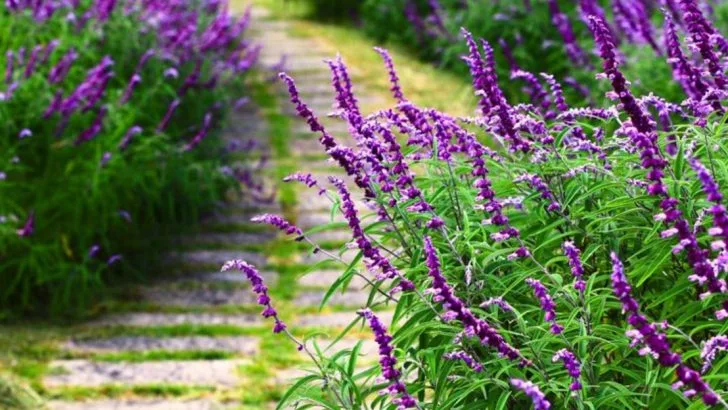Some flowers flirt. Mexican bush sage throws a full-on garden party. With velvet-soft spikes and a color so rich it makes other blooms look like background noise, this plant doesn’t ask for attention—it demands it. Bees show up in a frenzy. Hummingbirds dive in like they’ve found nectar nirvana. Your backyard? Suddenly the hottest spot in town. But if you want those dazzling purple wands to stick around (and keep the pollinators coming), you’ll need to know what makes this plant thrive—and what sends it sulking. Sunlight, timing, and one big mistake nearly everyone makes—this guide breaks it all down. Let’s make your sage the star it was born to be.
Choosing the Right Location
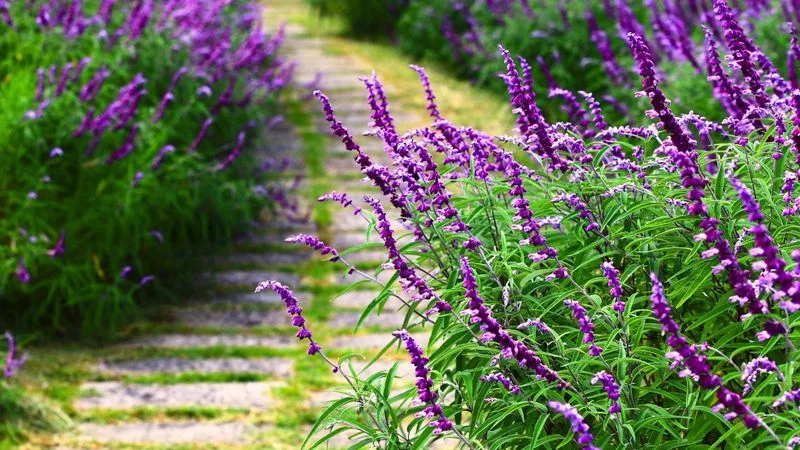
Selecting the perfect spot for your Mexican Bush Sage is crucial. This plant thrives in locations that receive full sun, basking in at least 6 hours of direct sunlight daily. Ideal soil should be well-draining to prevent root rot, a common issue in overly moist conditions. A south-facing garden bed can offer the warmth and light it craves. Have you ever noticed how bees are more active in sunny spots? Mexican Bush Sage loves such vibrant locations. What’s more, a sunny spot ensures the plant grows robust, with a bounty of flowers irresistible to pollinators.
Proper Watering Techniques
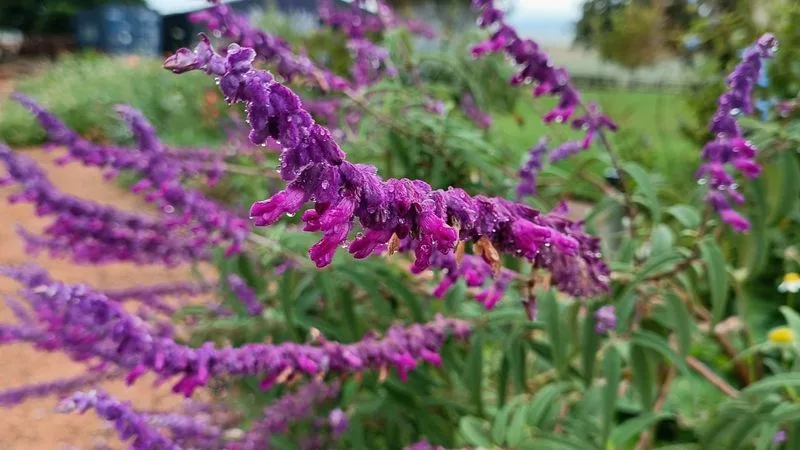
Watering Mexican Bush Sage requires a delicate balance. Overwatering can lead to root rot, while underwatering may stunt its growth. Water deeply once a week, allowing the soil to dry out between sessions. This mimics the natural dry spells of its native habitat. Imagine the rhythmic dance of water droplets nourishing the soil beneath. Is there anything more soothing? Occasionally, test soil moisture a few inches down using your fingers. This simple trick ensures you’re not overcompensating. Remember, consistent watering during the flowering season ensures a bounty of blooms to attract bees and hummingbirds.
Fertilization for Vibrant Blooms
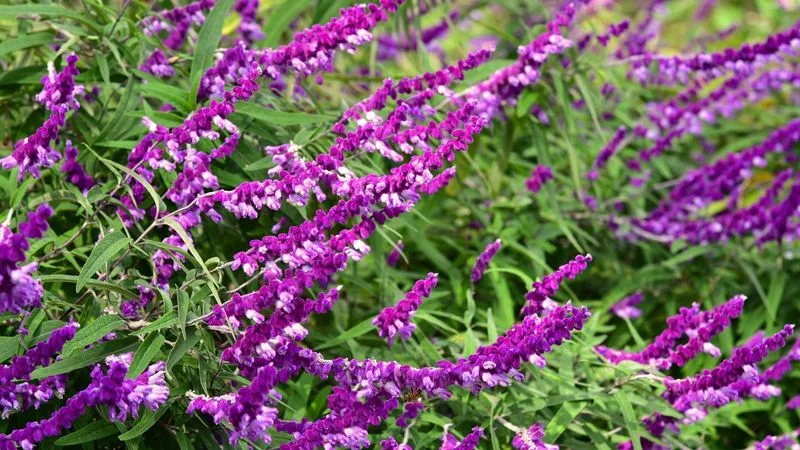
Fertilizing Mexican Bush Sage can transform it from an ordinary shrub to a floral masterpiece. Use a balanced, slow-release fertilizer in early spring to spur its growth. Have you tried organic options? They enrich soil health without harsh chemicals. Mid-summer is perfect for a second feeding, promoting flower production. Consider liquid seaweed as a foliar spray; it’s gentle yet effective. Ever noticed how a well-fed plant stands taller, prouder? Proper nourishment produces lush, nectar-filled blooms. This dedication pays off when your garden buzzes with bees and the flutter of hummingbird wings.
Pruning for Health and Shape
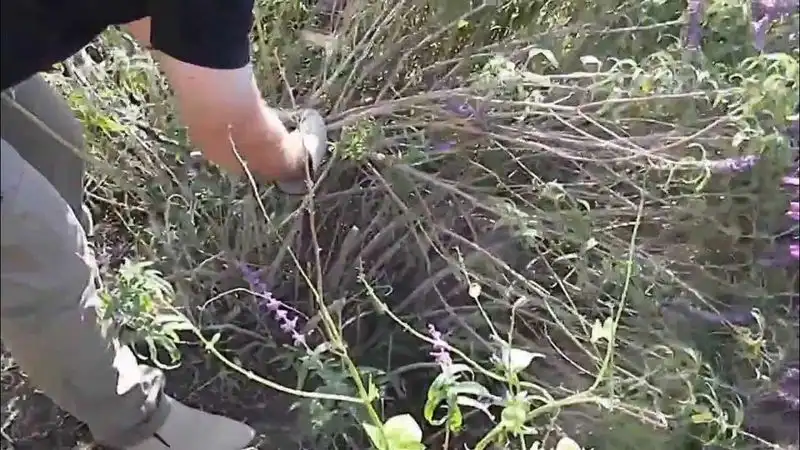
Pruning isn’t just about aesthetics; it’s vital for plant health. Cut back old stems in late winter, encouraging new growth in spring. This process lets sunlight penetrate the center, enhancing vigor. Do you feel the satisfaction of a well-pruned plant? It’s invigorating. Prune just before the growing season to shape and remove dead wood. Regular maintenance ensures a bushier appearance, maximizing blooms. Hummingbirds can’t resist the abundant flowers resulting from thoughtful pruning. As autumn leaves fall, consider a final, gentle trim to prepare your sage for winter’s rest.
Pest and Disease Management
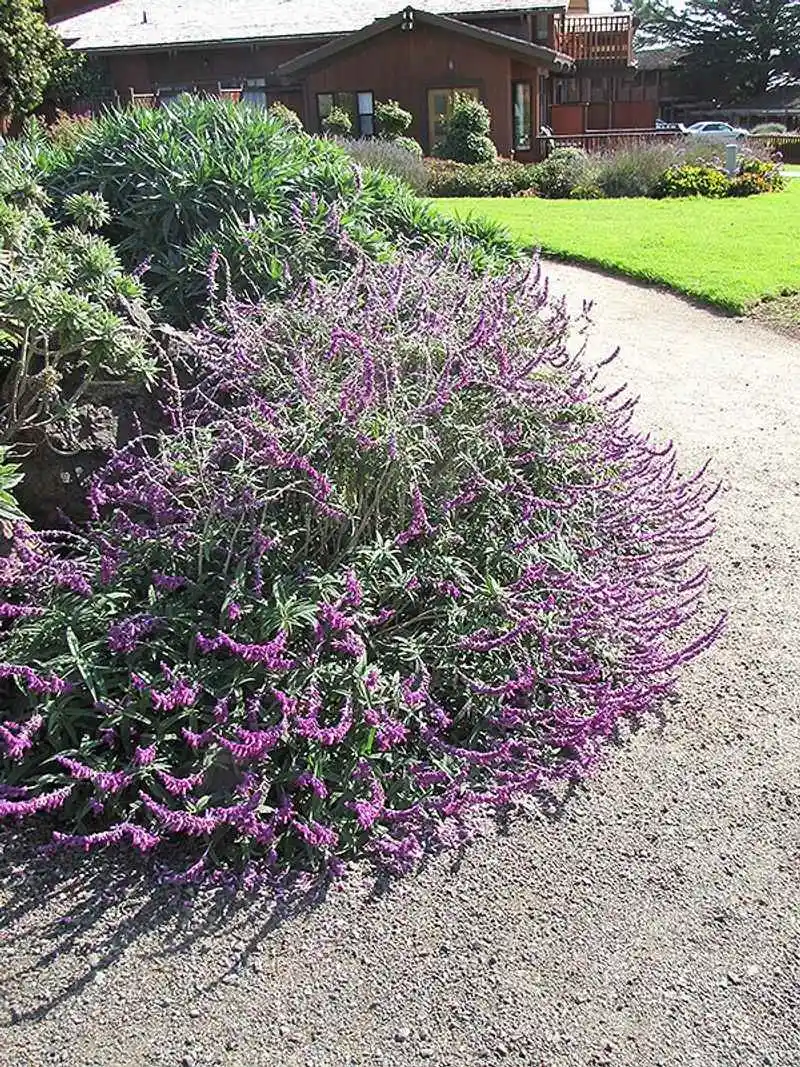
Mexican Bush Sage is remarkably resilient, but vigilance against pests is wise. Aphids and whiteflies occasionally visit. Ever considered eco-friendly sprays? Neem oil offers protection without harming pollinators. Inspect leaves regularly for signs of infestation. Spot any unusual leaf curling? It’s often the first hint. Prompt action prevents widespread damage. Have you heard of companion planting? Marigolds deter common pests naturally. Their vibrant blooms also add garden splendor. With careful management, your sage remains healthy and inviting to bees and hummingbirds, buzzing with life and color.
Companion Planting Benefits
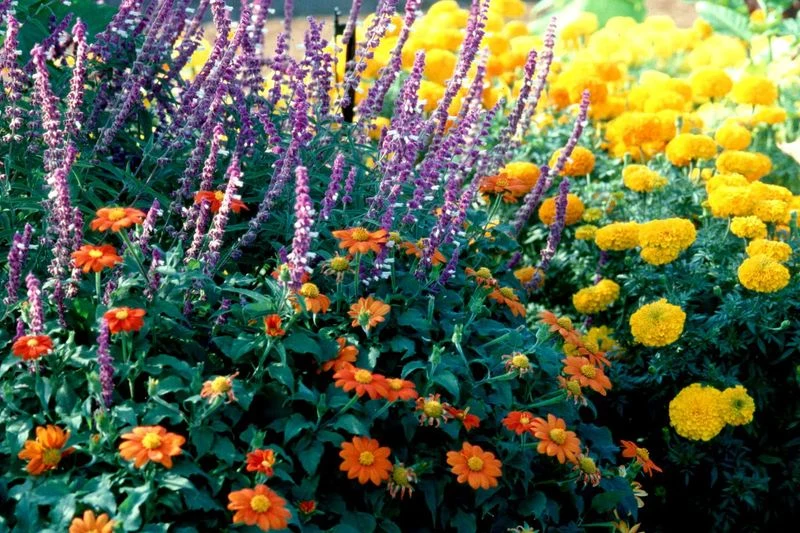
The art of companion planting enhances Mexican Bush Sage’s growth and beauty. Planting alongside marigolds can deter pests, while lavender adds fragrance and attracts even more pollinators. Picture a garden alive with color and scent, where each plant supports the next. Have you tried it yet? The synergy is palpable. Companion plants encourage a balanced ecosystem, minimizing pest issues and maximizing floral abundance. This thoughtful arrangement invites bees and hummingbirds in droves, creating a harmonious, buzzing haven. Your garden becomes a lively tapestry, interwoven with nature’s best.
Overwintering Strategies
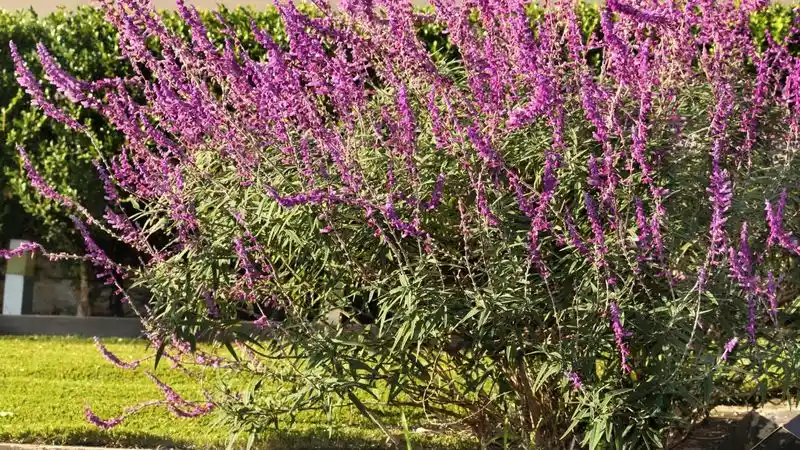
Preparing Mexican Bush Sage for winter ensures its return in spring. Mulch generously around the base to insulate roots from frost. Ever considered straw or bark mulch? Both are excellent choices. As temperatures drop, a light cover of burlap offers additional protection. It’s like tucking your plant in for a cozy winter nap. Have you noticed plants’ resilience in the face of cold when properly prepared? By safeguarding against harsh conditions, your sage emerges healthier, ready to bloom and attract pollinators again as the seasons change.

